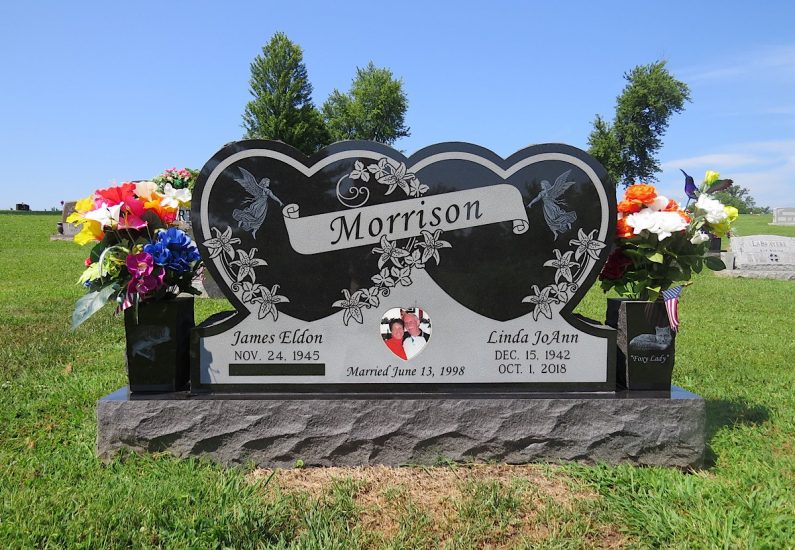Why DIY iPhone Battery Replacement Can Damage Your Screen & Motherboard
It could be time to change the battery if your iPhone’s battery isn’t being able to hold a charge as long or it stops working frequently when used.
If you adhere to the correct procedure, the repair will be relatively easy. There are some frequent mistakes that you could make which could cause significant harm to your smartphone.
You can also do it yourself.
A defective iPhone battery can cause frustration and cause your phone to slow down or shut off completely. The most effective solution to the issue is to change the battery. Luckily, there are many DIY ways to assist you in fixing the issue without risking any data loss or harm to your device.
You can purchase a replacement battery on the internet or from an Apple store. It is a difficult process, however, because it requires accuracy and a neat work area. Also, you need the proper tools for dismantling your phone. This includes a screwdriver set and suction cups for screen removal, and a set of plastic prying tools. Additionally, it is important to use only top-quality batteries to prevent additional injury to the device.
Under certain conditions, doing a DIY iPhone battery replacement can be economical. However, it is important to consider the benefits and risks of this alternative prior to making a choice. Professional repair services can provide many advantages, including expedited time to repair. Also, they guarantee the quality and craftsmanship of their parts and work. They also offer a warranty on their work, which will save you time and money in the long run.
Another benefit of choosing a professional iPhone battery replacement is that you reduce the chance of losing personal or financial information. There are numerous signs that suggest you should replace the iPhone battery, for example frequent shut downs, a fast loss of energy, or if your phone gets hot when charging. The battery life on some iPhones may also diminish with time, due to things like heavy usage or exposure to sun.

iPhone repair mistakes
iPhone battery repair is a delicate process and should only be performed by qualified professionals. You may cause damage to your device or void the warranty if you attempt to perform the repair yourself. The repair could also cause a contamination to the inside of your device and cause damage to its waterproof capabilities.
It’s crucial to follow manufacturer’s repair guidelines in detail and check over here https://dienthoainhanh.com/thay-pin-iphone-11-pro-max/ to get additional notes. Doing so will help ensure the correct components are utilized and ensure that each step is completed properly. It is also important to employ anti-static tools and work with a clean work surface. It also decreases the possibility of causing damage to electronic components due to static electricity.
Using excessive force is another frequent repair error. It could cause damage to internal components like the motherboard or display cables. It is important to apply very little pressure when tightening screws. If you use too much pressure, screws could be misaligned or the threads may be snared.
It is crucial to disconnect the battery prior to removing the screen connectors. This will stop the battery from possibly being blown up due to overheating. This is particularly important if the battery is overheated or damaged.
Switching off the phone prior to reassembling it is one of the most common DIY mistakes. This could cause irreparable damage to the logic board. It’s also important to be aware of the screw’s locations and not overtighten them. You can use a magnetic project mat to organize the screws and other parts when they are removed, to ensure that they return to the same location.
Damaged iPhone battery replacement
If your iPhone is always overheating or shutting down it could be a sign of a defective battery. Overheating lithium-ion iPhone batteries can cause them to explode or explode. If your battery is damaged, it will need to be replaced.
It’s important to get your battery replacement completed by a qualified technician. A professional will use genuine Apple batteries that have been thoroughly tested and conform to Apple standards for quality and performance. You can find these technicians in Apple Stores and authorized service providers. Repair shops from third-party repair companies and Best Buy are also options, but you should always ensure that they are making use of genuine replacement parts.
One of the major issues that arises from unauthorized iPhone battery replacements is that they can result in data loss. iPhones are built with a tape strip that covers the connector for batteries, and if that strip is removed in the process of replacing it the information could be lost. Furthermore, untrained technicians could harm the charging circuit by removing the battery incorrectly.
Another issue with unauthorised iPhone battery replacements is that the resulting batteries may expand. This occurs when the battery has reached the end of its life and begins to expand due to a buildup of gas inside. If this happens, your iPhone will display a message indicating that it is unable to verify the battery’s health and will disable its performance-management features.
iPhone screen damage during repair
It’s crucial to get in touch with a repair service as soon as you can when you notice that your iPhone screen gets damaged while replacing the battery. It could be a sign of a more serious issue. A defective battery can generate excess heat, which can cause the possibility of a fire. It is even more dangerous when your device is in charge, as it may harm internal components.
If you’re concerned about the security of your iPhone, you should also think about a repair service from a professional which offers guarantees on repairs. This is a great way to ensure that your repairs are done properly and using high-quality components.
It’s also advisable to get an glass tempered iPhone screen protector to protect the device from further injury. This type of screen protector is designed to absorb impacts and protect against chips and cracks. Damaged screens could affect the sensitivity of your touchscreen, display clarity and even the overall appearance of your device.
A damaged or broken screen is another frequent issue that calls for the need for an iPhone replacement. This can be caused by various factors, including.



